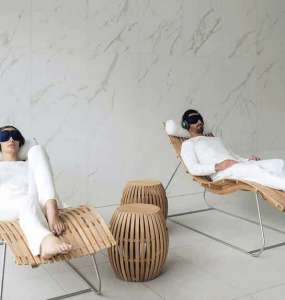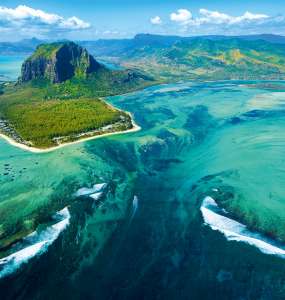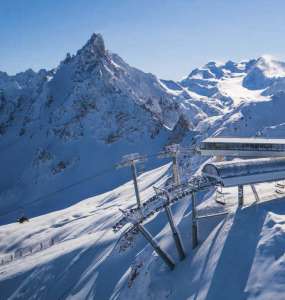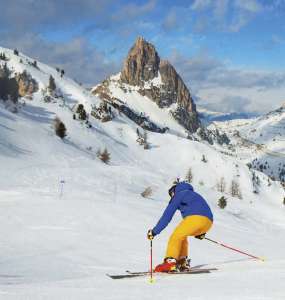Feel the energy of Mauritius
Many people associate Mauritius vacations with beautiful beaches and golf. But there's much more to it than that. To discover the country in all its splendor is inspired by a new tourism campaign under the slogan "Feel the energy of the island". And now for more details.
Port Louis
The capital of Mauritius, despite its modest size, is rich in attractions. Modern high-rises here neighbor the French colonial architecture of Armory Square, where the government house and the parliament building are located. Next to the square is the Museum of Natural History, whose arched facades house the skeleton of the Mauritian dodo, an endemic of the island of Mauritius. The trusty and fearless dodo disappeared from the face of the earth in the 17th century, victimized by the first colonizers. (Modern scientists want to recreate the species.)
Nearby is the Kompany Garden with its banyan trees.
The capital has Muslim and Chinese neighborhoods, and a UNESCO heritage site, the Aapravasi Ghat immigration depot, where the Museum of Indian Immigration from the period of treaty slavery is now open. Through this crossing point, people from India entered Mauritius to work on sugar plantations or to be shipped to other countries.
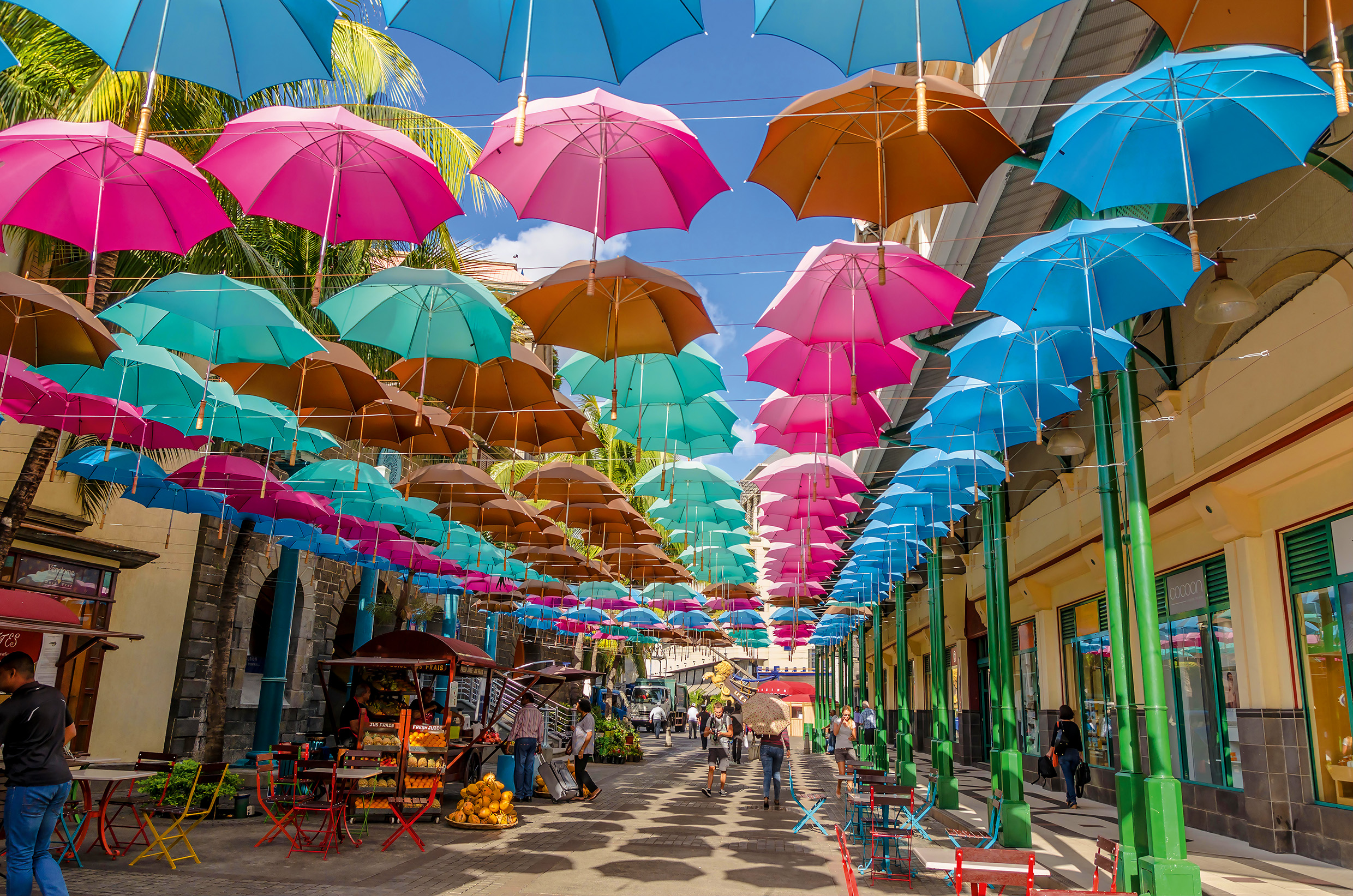
Le Caudan Waterfront is home to the Le Caudan Waterfront shopping and entertainment complex. And the Artists' Alley with works by local painters, sculptors and artisans features musicians, dancers, acrobats and magicians. Nearby is the Blue Mauritius Museum. Its expositions reflect the island's history and local art. The museum presents a collection of valuable stamps (27 out of a thousand have survived to this day), geographical maps, watercolors and photographs, as well as other artifacts from the 16th century. The halls of the museum tell about the periods of colonization: Dutch, French, British. And the famous Umbrella Square is also located on the waterfront.
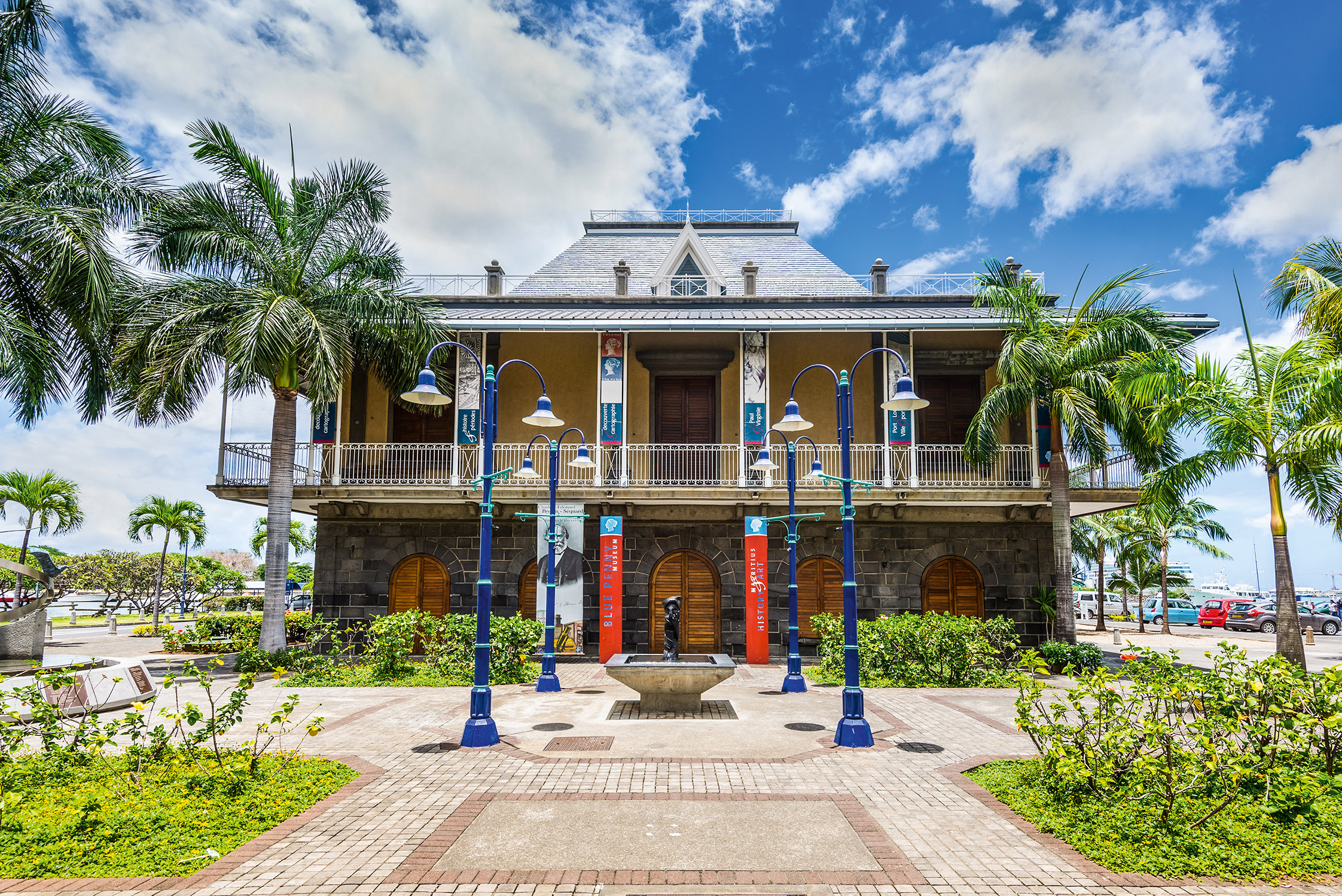
Visit the Museum of Photography, the Windmill Museum... Also, a cathedral, a Hindu temple, a pagoda, a mosque. To see all of them is interesting regardless of denomination, because each temple is also a work of art.
From Fort Adelaide (Citadel), built by the British in the 19th century, there are views of the city, the port, the oldest in the Southern Hemisphere racecourse "Champ de Mars" (it was here in 1968 that Mauritius' independence was proclaimed) and the mountains. The views from Signal Mountain on the outskirts of the capital are equally beautiful.
Local rum
While visiting the seven-colored sands of Chamarel in the southwest of the island, check out the Rhumerie de Chamarel rum factory. It is open for full tours with tastings. You can observe the production process and learn many nuances, for example, that double distillation rum is prepared by the same technology as cognac; that golden rum is aged in French oak barrels, and in American oak barrels - with fruity notes. And then taste the excellent rum, visit the restaurant on the territory or eat pancakes with chocolate on the terrace.
Rhumerie de Chamarel is located on a hill surrounded by fruit groves and sugar cane plantations, which are used for rum production. It is harvested by hand from July to December. The elevated position offers views of the mountains and the ocean.
Rum has been produced on an industrial scale in Mauritius since 2006 and is seen as an innovative alternative to Caribbean rum. Both factories and households produce rum. The island offers rum flavored with vanilla, cinnamon and other spices, as well as coffee and tropical fruits.
Tea Trail Route
A themed tea route runs through the central part of the island: the Domaine Saint Aubin, Bois Chéri and Domaine des Aubineaux.
The Domaine Saint Aubin estate was founded in 1819. It has a botanical garden, a farm, a distillery and a local restaurant. The Bois Chéri factory processes 40 tons of tea leaves into 10 tons of tea daily. The tour guide will introduce you to the production process, from drying the leaf to flavoring and packaging the tea. Despite the noisy equipment, it is during working hours that the factory is most interesting.
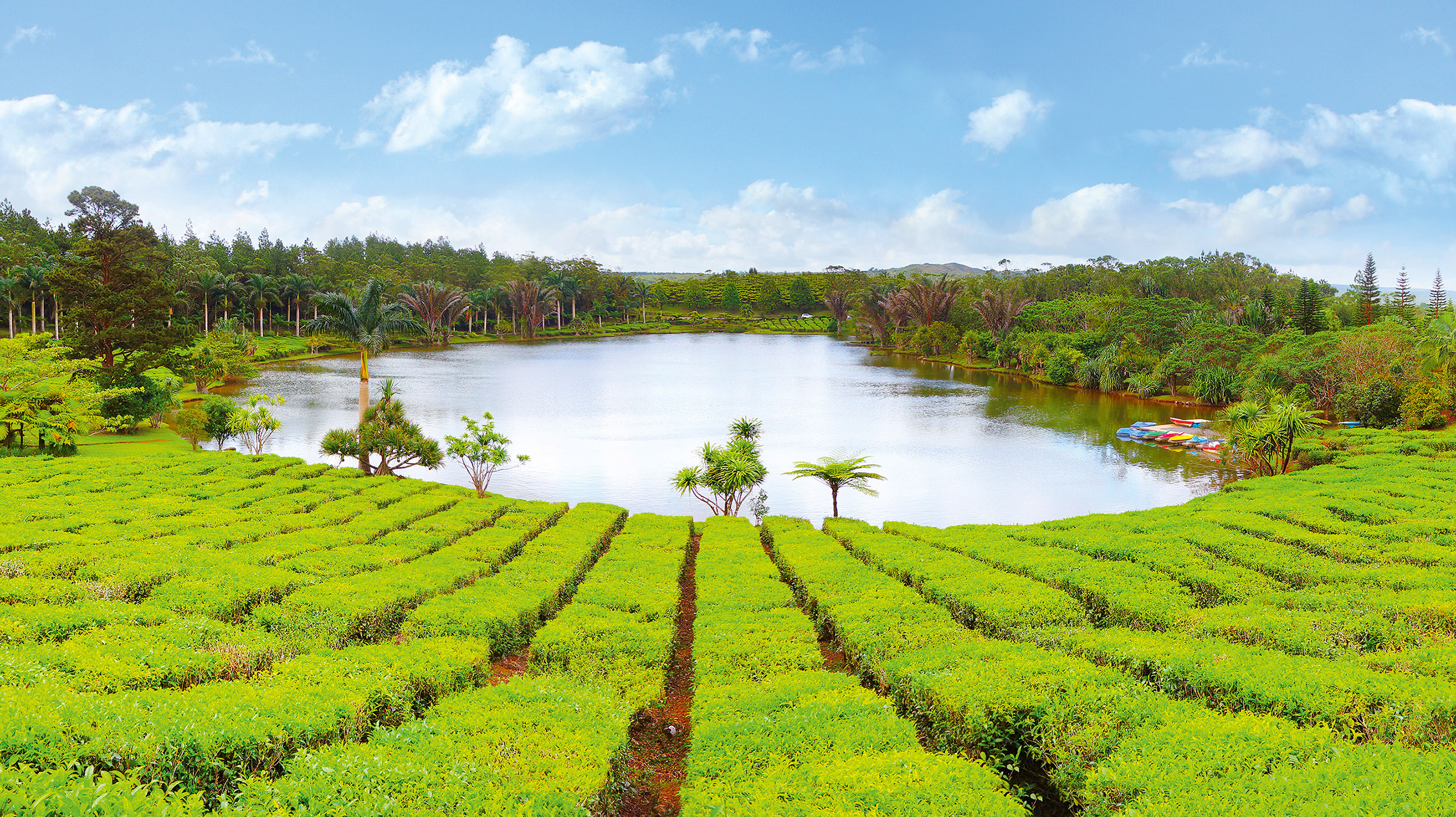
The main crop is harvested mainly by hand from October to March, because only young leaves are taken for tea production. And to observe this process, you have to arrive early in the morning.
There is also a museum with equipment for 120 years of the plant, and a restaurant. You can taste tea flavored with vanilla, coconut and mint in the pavilion by the lake.
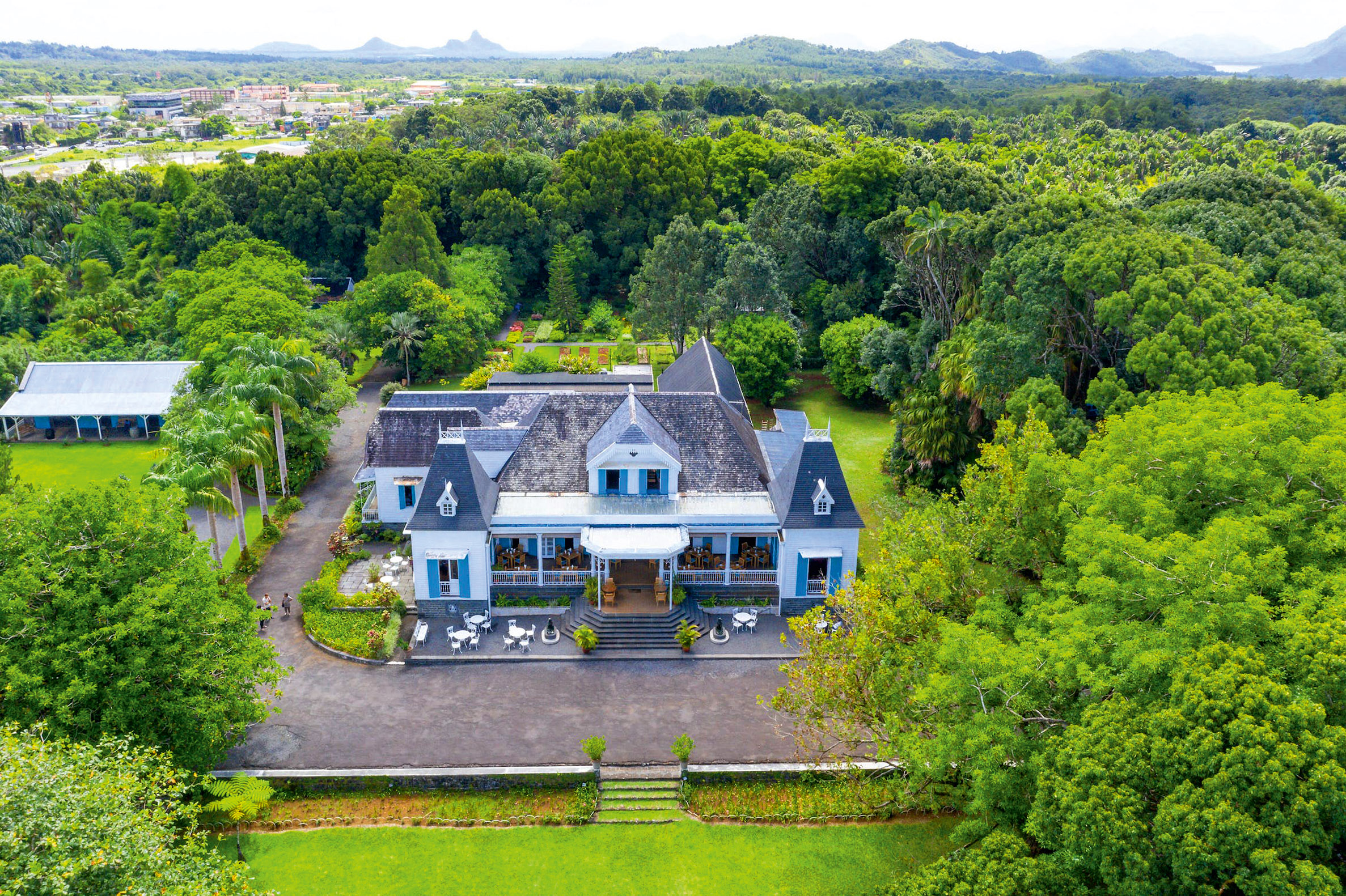
The colonial Domaine des Aubineaux (1872) houses the Mauritian Tea Museum. Admire the opulent furnishings, interior decoration, furniture dating back to the 17th century, stroll through the gardens in the shade of the sprawling crowns, view an exhibition of 19th and 20th century photographs of colonial houses, taste tea at a local restaurant and visit the essential oil production.
Amusement Parks
Casela Nature Parks amusement park is located on the west side of the island, near Flick en Flac beach. It has over 1,800 animals: antelopes, zebras, African ostriches, great kudu, impala, oryx, nyala, water goats and two white rhinos. On the territory of the Kingdom of Predators you can see lions, tigers, cheetahs, pet caracals and servals. Both children and adults will be interested in feeding giraffes and camels, as well as the inhabitants of the contact zoo: deer, horses, llamas, cows, rabbits and poultry.
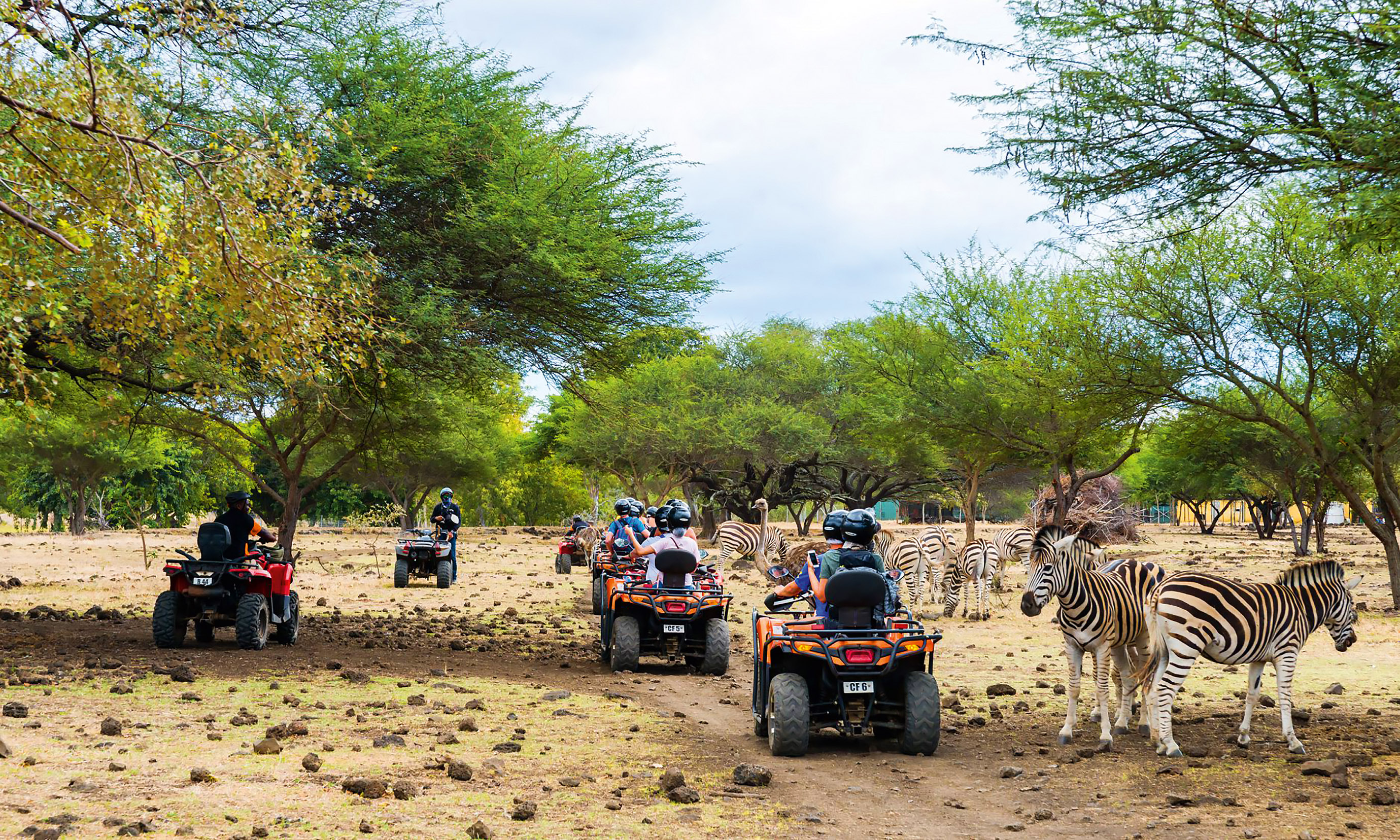
Here you can ride ziplines, fun slides and inflatable "teddies", ride camels, walk on suspension bridges, go on safari on quad bikes, and for children try their hand at being a zookeeper.
Another great theme park for the whole family is La Vallée des Couleurs in the south of the island. The park is located at the foot of a volcano, and as a result of multi-million dollar chemical processes, the soil is 23 shades ranging from ochre to bluish and green. In this lush park there are waterfalls and cascades, a stone garden, many animals and birds: deer, including the albino deer family, turtles, peacocks. Many animals can be petted. There are also various leisure activities in the park: ziplines - ordinary and for bicycles, quad bikes and buggies, off-road vehicles and go-karting, suspension bridge, hiking tours.
Helicopter tours
One of the most vivid impressions of Mauritius you will get during a helicopter tour. Excursion to the underwater waterfall is very popular. Before the eyes of travelers open peninsula Le Morne-Braban with a hill and basalt rock, picturesque snow-white beaches framed by palm trees, azure lagoons, coastal islands, sugar plantations, mountain peaks. During such excursions, depending on the route, you will see from a height the seven-colored sands of Chamarel, huge massifs of forests of the Black River-Gorges National Park, waterfalls Tamarin; coral islands-reserves Egret and Fouquet, as well as Surf Island, where all kinds of water activities and golf, the green island of Ambre and the island of Cuen de Mire; Benitier Island and the craters of extinct volcanoes.
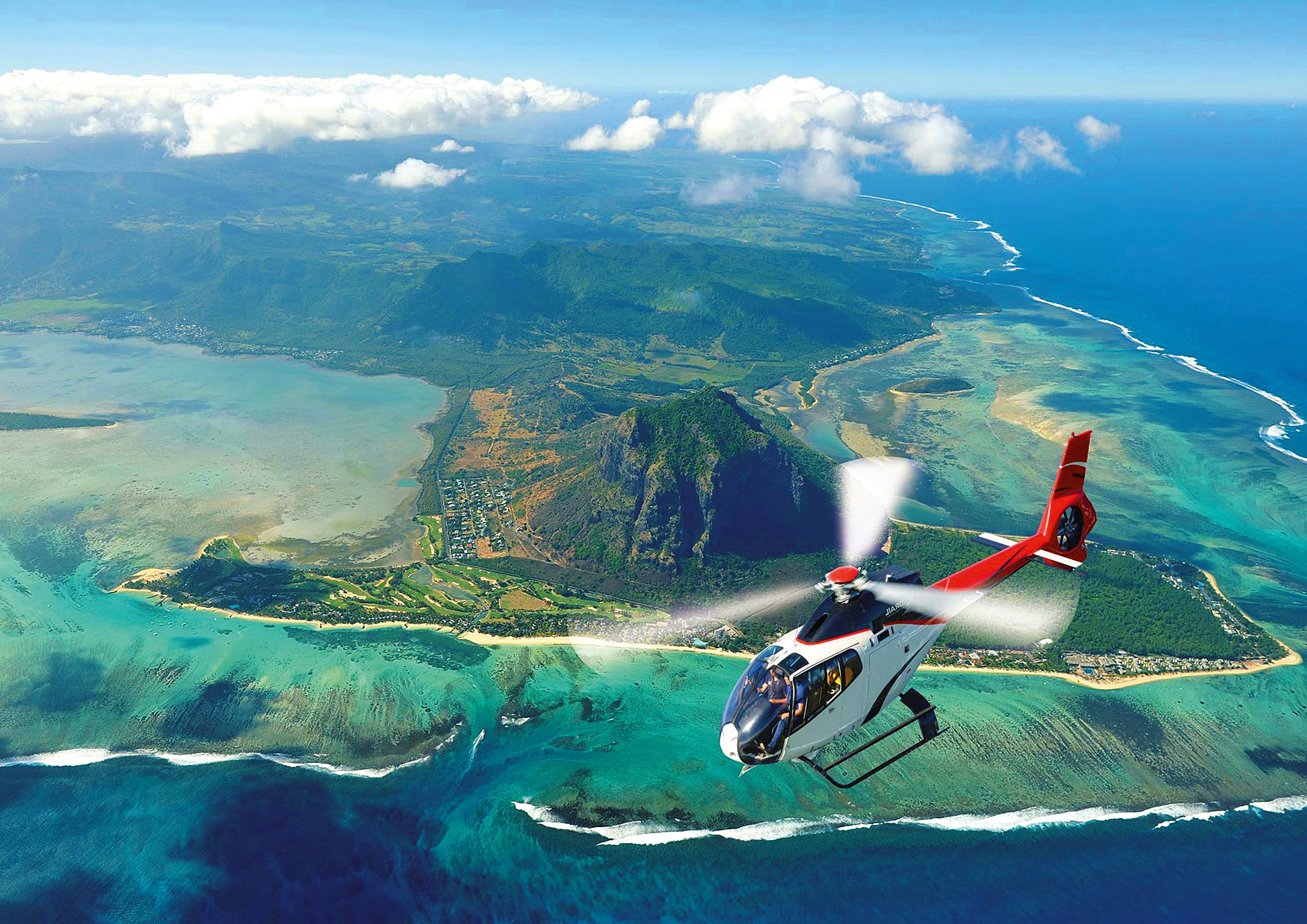
Many of the island's leading hotels have helicopter landing sites.
Underwater waterfalls can be seen on a seaplane tour.
You can also enjoy the views of the island and the ocean from the mountain peaks: Petite Rivière Noire (828 m above sea level), Pieter-Bot (820 m). From Mount Le Pous (812 m) you will see the capital and the peninsula of Le Morne-Braban, the highest point of which can also be climbed with a certified guide.
In the south of the island, in the village of Baie du Cap, you will find the Macondet Lookout. It is reached by a serpentine road among basalt cliffs, and it is simply impossible to tear yourself away from the incredible ocean panoramas that open up along the way.
Whale and dolphin sightings
Sperm whales, grindhounds, long-finned and large-beaked prodelphins, and abalone can be seen off the coast of Mauritius throughout the year.
Encounters with humpback whales are likely during their winter migration from June to September. Unfortunately, you cannot swim with whales in Mauritius, as it is prohibited by law. However, you can watch the giant mammals come out of the water off the west coast of Mauritius (Le Morne, Flick-en-Flac, Albion, Gry-Gry), sometimes even from the shore.
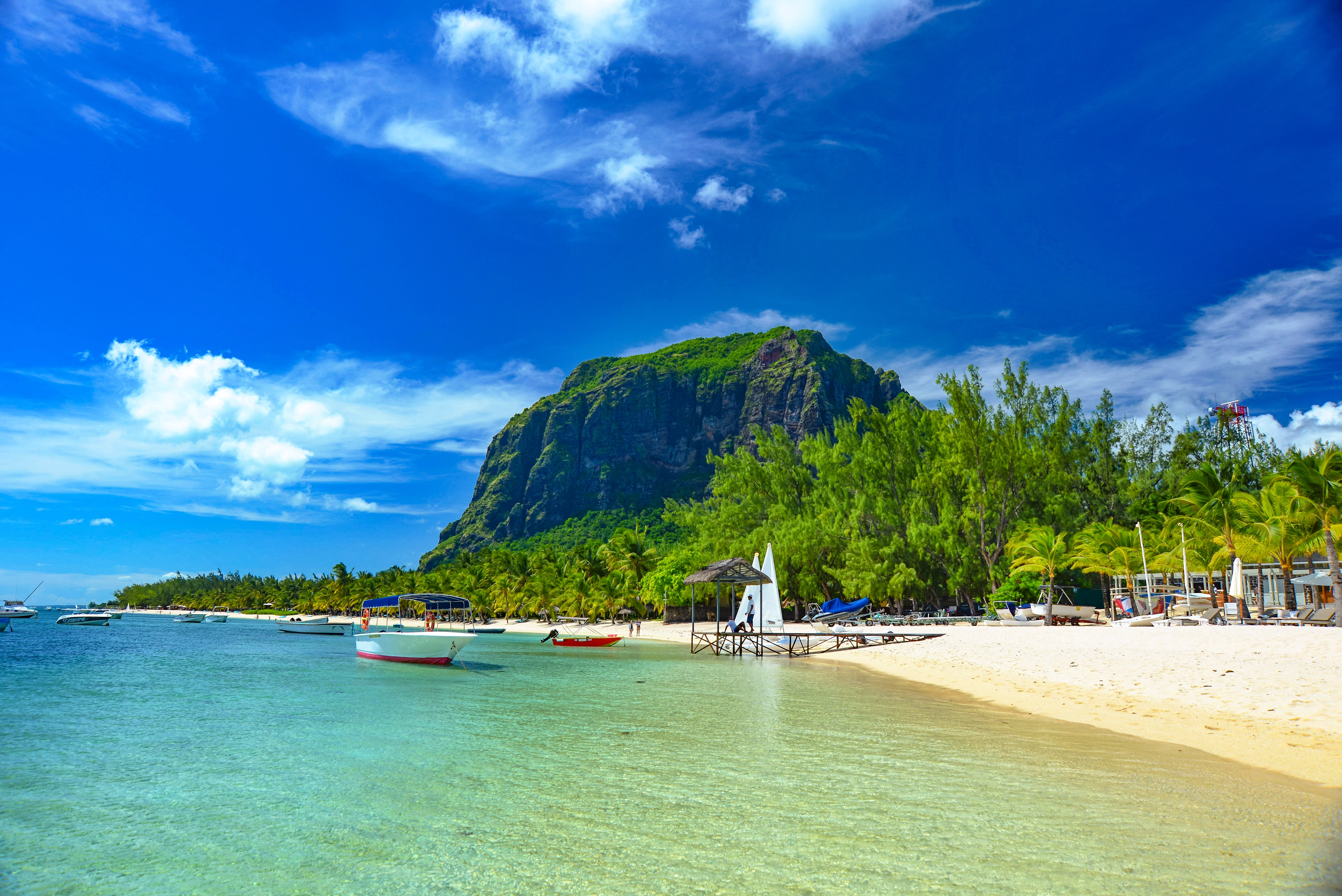
©Ondrej Bocek / Unsplash
Eureka House Museum
The Eureka House is two hundred years old and was built near the Governor General's residence at the request of a British aristocrat named Carr. Colonial-era furniture imported by the French East India Company, pianos, black and mahogany antiques, exquisite painted porcelain, ceramics, books, rugs and photographs were preserved. The 109 windows and doors helped the home's occupants feel comfortable in the tropical climate. The house also has two verandas, one facing south and one facing north.
The estate has a museum, a guest house (now under renovation) and a Creole restaurant. On the site of sugar cane plantations there is a huge lush garden with mango, almond, palm, mulberry, longan, cinnamon tree and many endemics, lawns, greenhouses. A river with water lilies and hyacinths, waterfalls, bridges, a gorge runs through the estate, wooded mountains rise behind the house. And you sit on the veranda, drinking tea and savoring the moment. Mauritius is made of such big and small pleasures. Eureka? No, you've known that for a long time.

